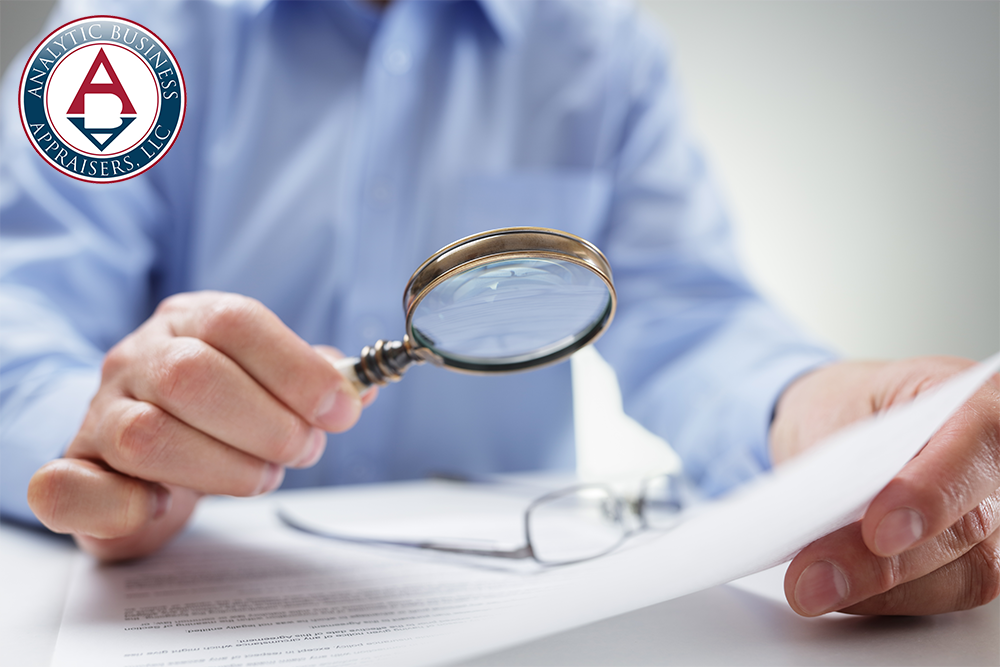Abstract: The ultimate goal of any economic damages case is to make the plaintiff “whole” again. Many factors go into this assessment. This article covers the basics of how experts quantify lost profits and diminished business value, including potential pitfalls that novice experts need to avoid.
Economic damages 101
Learn the ABCs of calculating lost profits and diminished value
The ultimate goal of any economic damages case is to make the plaintiff “whole” again. In other words, the expert needs to answer the question: Where would the plaintiff be today “but for” the defendant’s alleged wrongdoing? Many factors go into this assessment. Economic damages may include lost profits, diminished business value or both.
What methods are commonly used?
When business valuation experts calculate economic damages they generally rely on the following methods:
Before-and-after. Here, the expert assumes that, if it hadn’t been for the breach or other tortious act, the company’s operating trends would have continued in pace with past performance. In other words, damages equal the difference between expected and actual performance. A similar approach quantifies damages as the difference between the company’s value before and after the alleged tort occurred.
Yardstick. Under this technique, the expert benchmarks a damaged company’s performance to external sources, such as publicly traded comparables or industry guidelines. The presumption is that the company’s performance would have mimicked that of its competitors if not for the tortious act.
Sales projection. Projections or forecasts of the company’s expected cash flow serve as the basis for damages under this method. Damages involving niche players and start-ups often call for the sales projection method, because they have limited operating history and few meaningful comparables.
An expert considers the specific circumstances of the case to determine the appropriate valuation method (or methods) for that particular situation.
What’s next?
After experts have estimated lost profits, they discount their estimates to present value. Some jurisdictions have prescribed discount rates, but, in many instances, appraisers subjectively build up the discount rate based on their professional opinions about risk. Small differences in the discount rate can generate large differences in valuators’ final conclusions. As a result, the subjective discount rate is often a contentious issue.
The final step is to address mitigating factors. What could the damaged party have done to minimize its loss? Most jurisdictions hold plaintiffs at least partially responsible for mitigating their own damages. Similar to discount rates, this subjective adjustment often triggers widely divergent opinions among the parties involved.
What are some common pitfalls to avoid?
Some key factors need to be considered to avoid over- or underestimating a damaged business’s loss. For example, the taxation of damages can have a significant impact on an expert’s conclusion. Indeed, many damages awards are taxable. If the plaintiff must pay taxes, an after-tax assessment would not be equitable. Also realize that some parts of a damages award, such as return of capital, may be nontaxable and require an after-tax estimate.
Taxes also need to be handled properly when lost profits are discounted to present value. In other words, if damages need to be calculated on a pretax basis, the expert should use pretax discount rates. Mismatching after-tax discount rates to pretax cash flows would overstate damages, all else being equal.
In addition, it’s important to not assume that damages will occur into perpetuity. Economic damages generally occur over a finite period. That is, they have a beginning and an end. Eventually most plaintiffs can overcome the effects of the defendant’s alleged wrongdoing.
If time and budgets permit, allow your expert an opportunity to review the opposing expert’s analyses. He or she may find that the opposition didn’t take into account one or more of these key factors.
Need help?
Plaintiffs suffer economic damages from many commercial torts, including breach of contract, patent infringement and commercial negligence. Hire an experienced business valuation professional to help calculate lost profits and business value with confidence. These objective experts are familiar with proven techniques that can withstand a Daubert challenge and know how to avoid potential pitfalls.
© 2017






